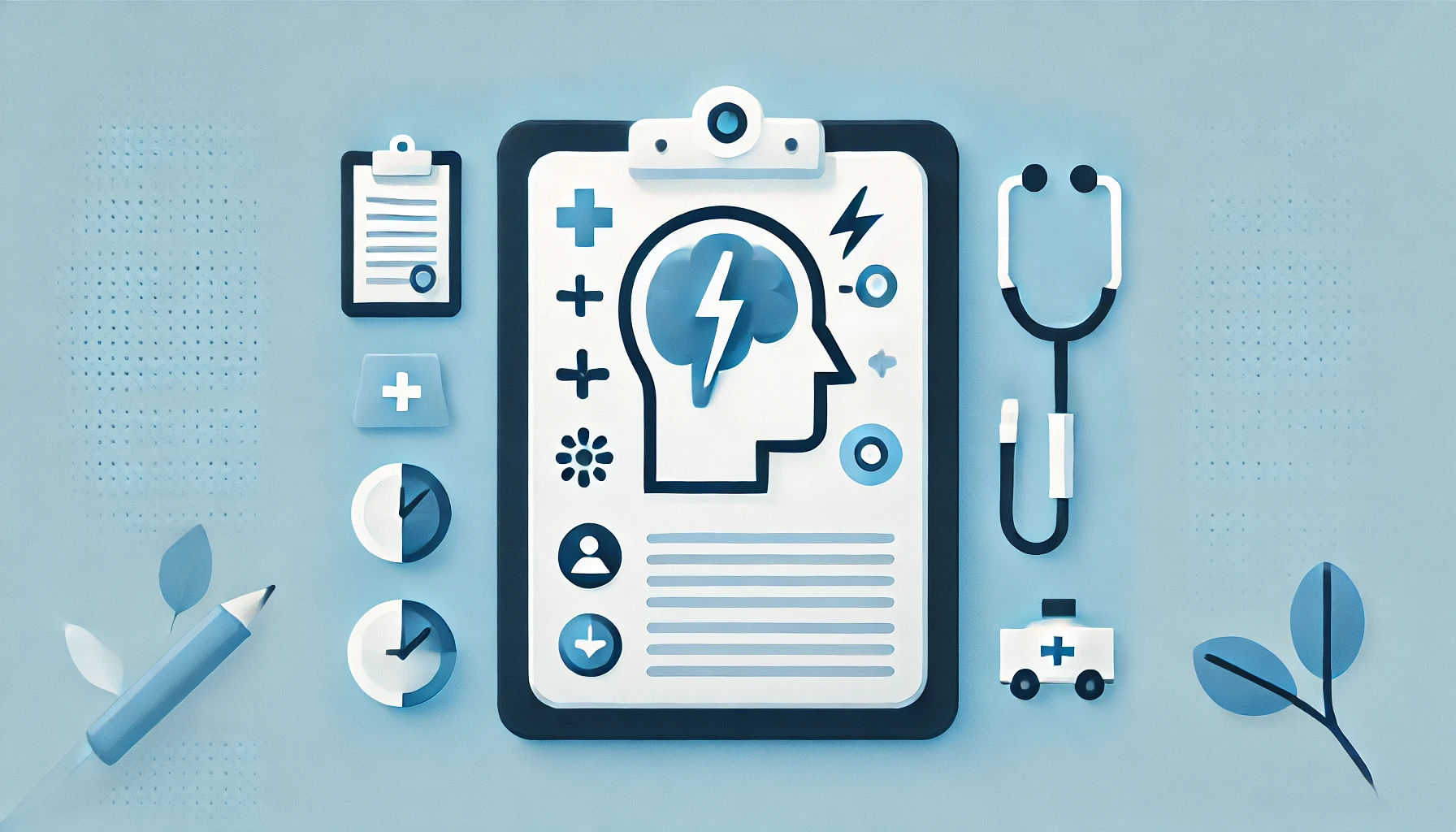Migraines are more than just severe headaches; they are a complex neurological condition that can significantly impact your quality of life. Proper diagnosis is crucial for effective management and treatment. Understanding the process of diagnosing migraines can help you navigate your healthcare journey more effectively. In this comprehensive guide, we’ll explore the steps involved in diagnosing migraines and what you can expect during your visit to a healthcare professional.
What Are Migraines?
Migraines are intense, throbbing headaches that typically affect one side of the head and can last for hours or even days. They are often accompanied by nausea, vomiting, and extreme sensitivity to light and sound. According to the Mayo Clinic, migraines can be preceded by sensory warning symptoms (auras) such as flashes of light, blind spots, or tingling in the face or extremities.
Why Proper Diagnosis Matters
Accurate diagnosis is essential for several reasons:
- Targeted Treatment: Identifying the specific type of migraine you have allows for more effective treatment plans.
- Avoiding Misdiagnosis: Conditions such as tension headaches, cluster headaches, and sinus headaches can have similar symptoms but require different treatments.
- Managing Triggers: Understanding your migraine type can help you identify and manage triggers more effectively.
The Diagnostic Process
- Medical History
- Comprehensive History: Your doctor will start by taking a detailed medical history. Be prepared to discuss your symptoms, their frequency, duration, and intensity. Mention any family history of migraines or other headaches.
- Symptom Diary: Keeping a headache diary can be extremely helpful. Record the date, time, duration, intensity, and associated symptoms of each headache. Note any potential triggers such as foods, activities, stress levels, or environmental changes.
- Physical Examination
- Neurological Examination: Your doctor will conduct a thorough physical and neurological examination to rule out other conditions that might cause similar symptoms.
- Vital Signs: Checking blood pressure, heart rate, and other vital signs can provide clues about your overall health and help identify potential migraine triggers.
- Diagnostic Criteria
- International Classification of Headache Disorders (ICHD): The ICHD criteria are used to diagnose migraines. Key criteria include:
- At least five headache attacks lasting 4-72 hours.
- Headaches with at least two of the following characteristics: unilateral location, pulsating quality, moderate to severe pain intensity, and aggravation by routine physical activity.
- Associated symptoms such as nausea, vomiting, or sensitivity to light and sound.
- International Classification of Headache Disorders (ICHD): The ICHD criteria are used to diagnose migraines. Key criteria include:
- Imaging Tests
- MRI or CT Scans: While not always necessary, imaging tests like MRI or CT scans may be ordered to rule out other serious conditions such as tumors, aneurysms, or structural abnormalities. These tests are typically recommended if you have unusual symptoms, an abnormal neurological exam, or if your headaches suddenly change in pattern or severity.
- Blood Tests
- Blood Work: Blood tests can help identify underlying conditions that might be contributing to your headaches, such as infections, blood vessel problems, or metabolic disorders.
Differential Diagnosis
It’s important to distinguish migraines from other types of headaches:
- Tension Headaches: Often caused by stress or muscle tension, these headaches are usually bilateral and feel like a tight band around the head.
- Cluster Headaches: These are extremely painful headaches that occur in clusters, typically around one eye. They are shorter in duration but can be more intense than migraines.
- Sinus Headaches: Caused by sinus infections or allergies, these headaches are associated with facial pain and pressure.
Managing Migraines
Once diagnosed, managing migraines typically involves a combination of lifestyle changes, medications, and alternative therapies:
- Medications: Over-the-counter pain relievers, prescription medications, and preventive drugs can all be part of your treatment plan.
- Lifestyle Adjustments: Regular exercise, a healthy diet, adequate sleep, and stress management techniques can help reduce the frequency and severity of migraines.
- Avoiding Triggers: Identifying and avoiding triggers such as certain foods, environmental changes, or stress can be crucial in managing migraines.
- Manual therapy by practitioners such as chiropractors that are trained in specific methods for migraine and headache treatments.
The process of diagnosing migraines involves a detailed medical history, a thorough physical examination, and sometimes imaging and blood tests. Accurate diagnosis is essential for effective treatment and management. If you suspect you have migraines, consult with a healthcare professional who can guide you through the diagnostic process and help you develop a personalized treatment plan. At The Health League, our team of experts is dedicated to providing comprehensive care for migraine sufferers. Contact us today to learn how we can help you manage your migraines effectively.
For more information on migraine diagnosis and treatment options, visit reputable sources such as WebMD and the National Institute of Neurological Disorders and Stroke. Your journey to understanding and managing migraines starts with the right diagnosis.
